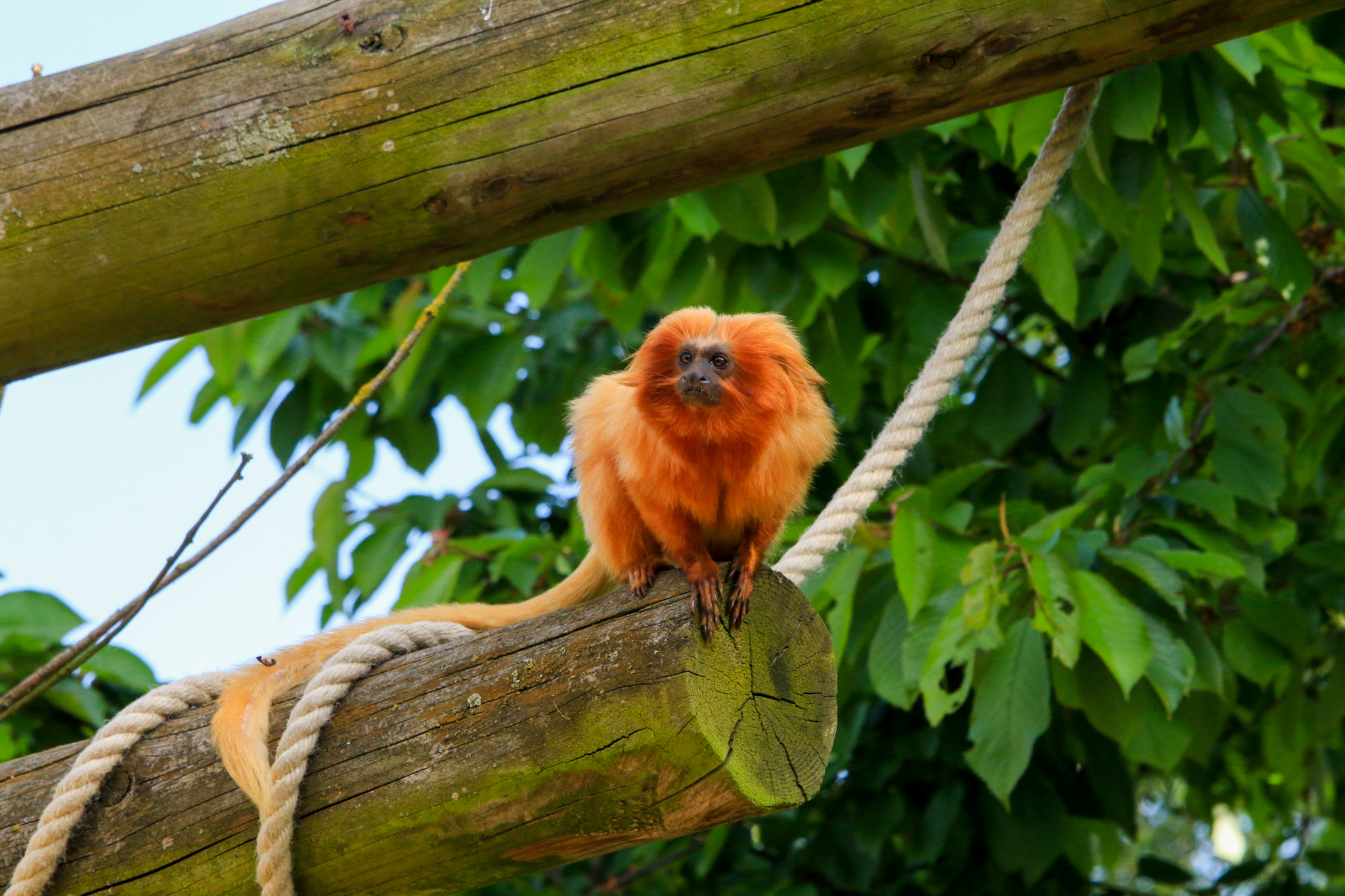

The video in question was filmed in a Japanese zoo during winter. Capybara Hot SpringsĪ video of capybaras chilling in hot springs made the rounds of the internet so the question arises – do capybaras prefer or seek hot springs? The answer is yes and no. This is the way capybaras sleep while in the water so that their body is protected from larger predators that can’t swim. However, due to their nostrils being on the pointy end of their head, they can have most of their bodies underwater while breathing outside. While they can hold their breath for this long, they can’t breathe while fully submerged in the water. Can Capybaras Breathe UnderwaterĬapybaras are known to be able to stay underwater for up to five minutes in order to evade predators. They are able to swim while in the water, only their heads will be out. How Much Time Do Capybaras Spend SwimmingĪs semi-aquatic animals, capybaras are able to spend a very long time in the water, on some days they will spend more time in the water than on land. For comparison, an average kayak paddles at around 2-3 miles per hour. On average they swim slower than that but their body is well built for swimming fast. A capybara can swim at a speed of up to 5 miles per hour (or 8 kmh). It is rare to see a capybara swim quickly unless they are chased by a predator, but they can in fact swim remarkably fast. They are naturally great swimmers and while capybaras do not learn to swim as fast as other rodents such as beavers, their body is built to swim: their partly webbed toes are perfect for swimming, their claws are strong and short, and their fur is long and crisp, perfect for drying quickly. They swim not only to clean themselves or to relax but also to eat aquatic plants, an important food source for capybaras in the wild. This is not very rare for rodents, but it is rare for a land animal of their size to be such prolific swimmers. They may eat one species of plants in the dry season and abandon it during the wet season when there’s plenty of grass.Capybaras are remarkable swimmers, in fact they only live near a body of water.

They are unique animals who are very selective in their feeding habits. The diet of a capybara majorly constitutes aquatic plants, grass, and fruit and tree bark. Therefore the word capybara means the “one who eats slender leaves” or “grass-eater.” The name outlines its herbivorous nature. The parts are “kaá” meaning “leaf,” “píi” referring to “slender,” and “ú” denoting “eat.” The three portions of the word “ka'apiûara” end in the suffix “ara” which is an agent suffix. The name "capybara" comes from a Tupi word called "ka'apiûara." The word has three parts. Its name roughly means one who eats slender leaves in the Tupi language.

They are very sociable and as such loved by many animals - it is not abnormal to see the capybaras resting alongside the crocodile! There is no shortage of reasons why capybaras are one of the most beloved members of the animal kingdom - we will outline some of them below. The capybaras are the largest rodents amongst all rodents in the world.


 0 kommentar(er)
0 kommentar(er)
